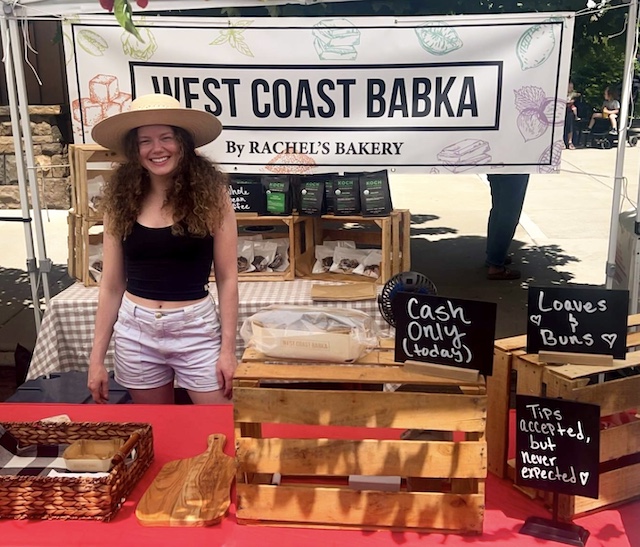Pines are impressively pollen-rich
Published 5:00 am Saturday, June 25, 2011

- Toothpaste war has casualties
I’m sure it escaped no one’s notice that Bend has been covered with a thin dusting of yellow for the past week. Or in some cases a thick sheet of clogging yellow dust.
It covers every car in town. Puddles are rimmed by chalky golden rings. Decks are coated with yellow powder.
This dusting of pine pollen is an annual affair everywhere pine forests dominate the landscape. But despite the complaints I’ve heard from many allergy sufferers for the past few days, pine pollen is probably not to blame for your runny nose and sneezing — allergists say pine pollen allergies are very rare. The more likely culprit is pollen from wild grasses, which permeate the air at around the same time as pine trees are dropping their billions of grains of pollen.
Which is not to say pine pollen doesn’t have its own problems. Everything I own seems to be covered with gritty yellow pollen right now. It clings to any fingerprints that have been left on my car (which means I can see every spot one of my children has placed his hand on the car — I am still wondering how and why one of them left a handprint in the center of the hood). Pollen covers the screens on my windows. Even the dog emits little puffs of pollen if her fur is patted.
And now that the windows are open at night, I am getting a little tired of waking up with my eyes crusted with pollen gunk.
However, this prolific output makes me admire the pine tree.
It’s brilliant, really, this method of propagation. Pines — like all conifers — are a more primitive form of flora than true flowering plants, many of which have both male and female parts located within the same flower. Conifers are monoecious; they have differentiated male and female reproductive structures existing on the same tree, according to the U.S. Forest Service.
Male cones mature in the spring and appear as in clusters at the tips of branches, according to the U.S. Department of Agriculture. Their main job is to release pollen to the wind, a job they are incredibly well-suited to. As a consequence, pines do not need the services of bees, bats or other pollinators to reproduce. They rely on sheer volume as immense clouds of pollen drift on the wind to find reception on nearby female cones. Any student of the birds and the bees knows what happens next. In the world of tree sex, it’s not glamorous, but it’s efficient.
And while pine pollen can be irksome, it’s comforting to me to know that pines in our region have been going about this annual pollen dance for eons. Individual trees may have been doing it for hundreds of years. I know of a ponderosa pine in northeast Bend that showed through a core sample that it was 300-plus years old. I love that tree, although when I lived next door to it, I cursed its prolific pollination.
But from the perspective of botany, you can’t but respect a tree that’s been doing its business, ensuring its progeny, for more than three centuries.
And keep in mind that without the clouds of pollen and what they represent, Bend would not exist as it does today. Not only do our stately ponderosas define our skyline, they were the reason Bend was developed in the first place. By the mid-1890s, timber speculators had acquired tens of thousands of acres of virgin Central Oregon timberland, even though access to markets was nonexistent until 1911, when train service came to the region. Ponderosa pine — one of the most commercially versatile tree species in America — was a big draw. Bend’s population swelled from 536 in 1910 to 5,414 in 1920, a growth rate of almost 1,000 percent and one that was directly attributable to the town’s lumber mills and the region’s pine trees.
Those trees continue to draw newcomers today. Tall and strong, they give us beauty and shade and lovely trails and jawdropping landscapes.
Thank the pollen.






